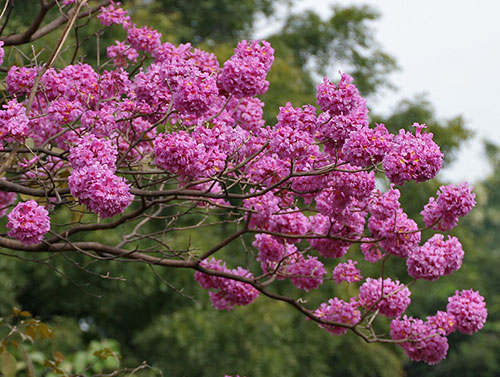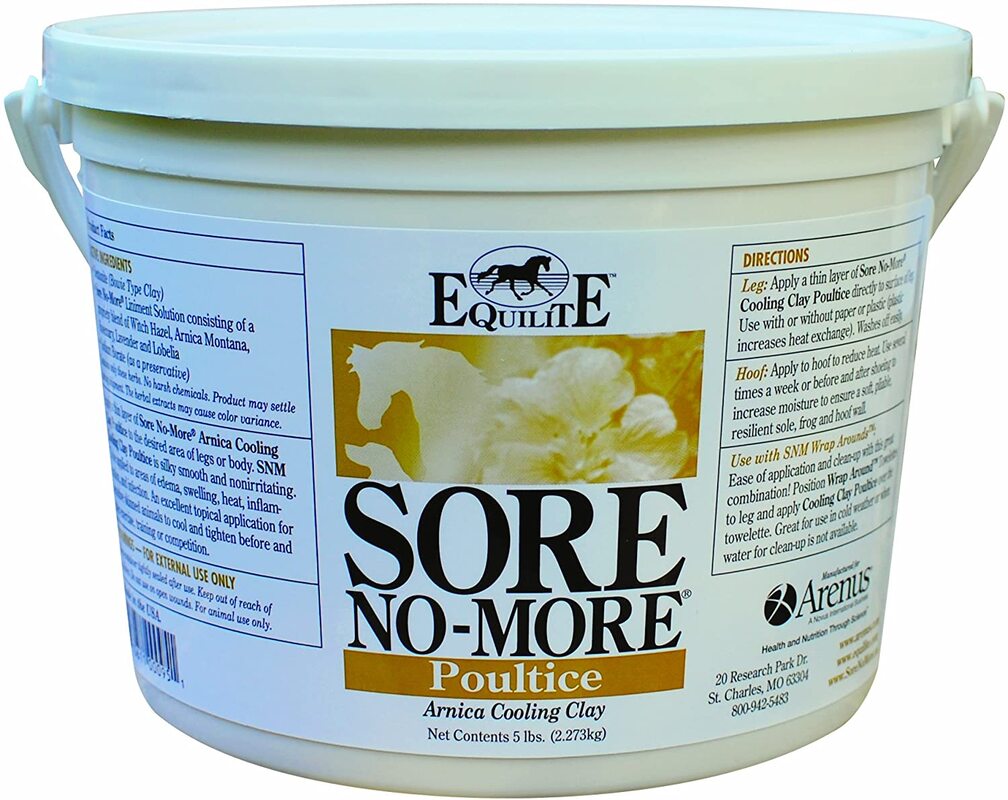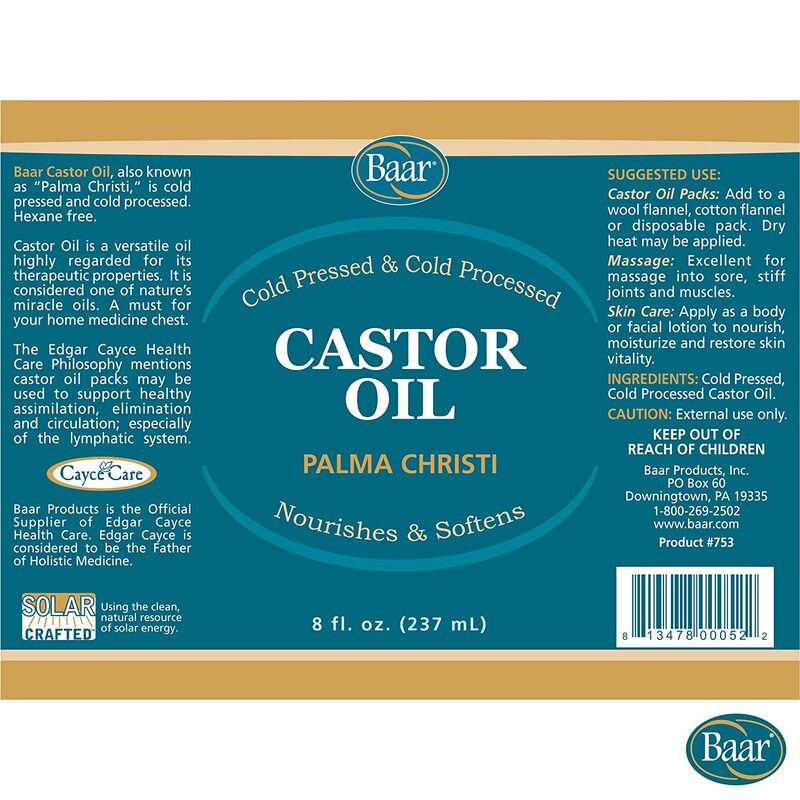 EVERYONE KNOWS....getting the flu is not fun and for those with compromised immunity a severe case of the influenza can be life threatening. However, common use of the "flu Shot" or inoculation is misleading in terms of the vaccine's ability to prevent you from getting the flu. The University of Chicago's Biological Sciences Department has this to say about the fallibility of the yearly "flu Shot", "Why doesn't the flu vaccine work, sometimes?". These inoculations can be dangerous and are toxic, some contain mercury, some do not. There are many reason vaccines for the flu don't always work, but let's dig deeper into what happens with your immune system when you do get a case of influenza. I was delighted to find ample documentation to prove my long standing theory about influenza and natural immunity. I have always believed that getting a case of the flu every 7-8 years or so is the best protection against getting it yearly. What, you say? Read this Blog published by the New York Times to understand this concept of natural immunity better. The basics are that when you get the flu your body is equipped for sometime afterwards to naturally defend its self against the current mutation or strain. This immunity will last until the virus has mutated to an entirely unrecognizable version and your body will again be susceptible. This is a natural phenomenon that keeps us healthy and gives us "natural immunity". Great design! Thanks evolution! Be that as it may when we do get the flu, we can sail through it easier with the help of the wonderful world of homeopathy. Engystol is a homeopathic remedy available for injection, which must be prescribed by a physician. At Aesthetic and Medical of Scottsdale, Dr Kristi Norris, NMd. provides both the consult and injection for those who desire a safer and more effective alternative than the traditional and less than effective vaccines. Engystol is a clinically proven antiviral and immune stimulant with efficacy demonstrated both in a preventing the flu AND influenza-like-illness, the common cold, Herpes simplex, and RSV or Respiratory Syncytial Virus. The NCBI provides this research abstract with supporting documentation on the efficacy of this healthier option. Since the Engystol homeopathic is an immune booster it can also be used to treat the flu once you get it. When you do get the flu! - Basic 101 survival
0 Comments
Sarsaparilla: S.regelli & S. aristolochifolia A member of the lily family and native to tropical and temperate parts of the world and comprises about 350 species worldwide. It is native to South America, Jamaica, the Caribbean, Mexico , Honduras, and the West Indies. The name sarsaparilla is not surprisingly a derivation of the Spanish words zarza a bramble or bush, parra or vine, illia a small vine. It is a component of traditional Root Beer used to produce the characteristic foam (saponins form soapy bubbles in solution), rather than as a flavoring agent. Root Beer was flavored with Sassafras. Sarsaparilla root is globally recognized for medicinal properties. It has been used to treat gout, gonorrhea, open wounds, arthritis, cough, fever, hypertension, pain, a lack of sexual desire, indigestion, and even certain forms of cancer. More serious conditions have also been treated with sarsaparilla root. In the Amazon, some tribes used it as a treatment for leprosy by ingesting it as well as using it externally. Introduced to Europe in the 1400s as a medicine discovered in South America. Europeans used the root to encourage sweating and urination and to purify blood. During the 1800s, sarsaparilla was used in both Europe and the United States for its blood purifying properties and recommended as a treatment for the sexually transmitted condition syphilis. Studies suggest that the benefits come from antioxidant properties and plant sterols beneficial to human health. Sarsaparilla also contains flavonoids, a pigmentation chemical that gives many plants their leaf, stem, flower and even root color. In the past decade, flavonoids have garnered more widespread recognition for their use in treating autoimmune conditions and inflammation. The sarsapogenins have been shown to bind to endotoxins in the alimentary canal and encourages lower inflammatory response in the body as a whole. One of the active agents in sarsaparilla root are saponins, a chemical compound. Saponins, usually bitter to the taste, are named after soap because of the foam-like reaction they have when placed in water. In the plants where they originate, saponin chemical compounds help deter fungi and insects from eating their leaves. This could be one of the possible reasons that sarsaparilla has anti-fungal properties. The best way to prepare dried sarsaparilla root is to boil it into an infusion and take a cup of it several times a day. It is readily available in tea form both bulk and in tea bags. Tea is the preferred way to consume this healing herb but capsules and tinctures can also serve well in pace of the tea. With capsules follow the dosages recommended on the bottle. Usually, it takes less than half a teaspoon of ground root powder to have the desired effect. In the case of tincture, half a teaspoon / 40 drops twice daily is a recommended dose. It’s best to work up to maximum dosages starting out with lower amounts thereby allowing the body to adjust to the herb. This is true of all botanicals, especially if your condition is a chronic one. Here are three ways to consume this very helpful herb.....just click on the image!
 Pau d' Arco bark is the useable portion of the tree. Pau d' Arco bark is the useable portion of the tree. Pau d'arco (Tabebuia avellanedae) A tree native to South America, has been used to treat a wide range of conditions, including pain, arthritis, inflammation of the prostate gland (prostatitis), fever, dysentery, boils and ulcers, and various cancers. As early as 1873, there were reported medicinal uses of pau d'arco. Scientists have identified two active chemicals in pau d'arco. These chemicals are called naphthoquinones: lapachol and beta-lapachone. In lab tests, these chemicals kill or impede some bacteria, fungi, viruses, and parasites. They also have anti-inflammatory properties, and may be effective against diseases such as osteoarthritis. It also contain significant amounts of the antioxidant quercetin helpful for allergies and mast cell immunity conditions. Useful for the following conditions...
As with the use of all botanical medicine you should exercise caution, more is not always better. Check with your health care provider or pharmacist if you are taking medication that may interact with herbal supports.  I’ve used a variety of different poultices over the years, from ones as simple as wetting clayish soil to put on a bee sting to all the others you’ll find below. Poultices are overlooked and considered to be out of fashion these days, but that never stopped me from using them. I encourage anyone dealing with health issues or pain to consider trying a poultice. The results will amaze you! Poultice Options
Purchase Links Video how to demonstrations for poultice making and using! Charcoal - Bentonite Clay - Cabbage - Onion - Garlic - Castor Oil Pack Poultice Flannel Ace Bandages The onion video also demonstrates a very old time remedy from Europe using raw onion at the bedside of anyone coming down with seasonal colds, flus or bronchitis! I encourage you to explore the world of poultices, there are many other herbs and foods that can be used to create healing poultices! Please post & share your experiences with our Community of Bridge Crossers! |
VanessaCertified Wellness Consultant speaks up! Categories
All
Archives
June 2024
|
BRIDGE TO HEALTH
|
Bridge to Health Wellness
Awaken & Evolve Learning Center 7610 East McDonald Drive, Suites E & K Scottsdale, AZ 85250 805-235-8071 |
LinkTree - Find all our links here!
Booking Site - Social - YouTube Schedule Your Learn & Heal Consult Become a client Email: Bridge to Health Wellness |












 RSS Feed
RSS Feed